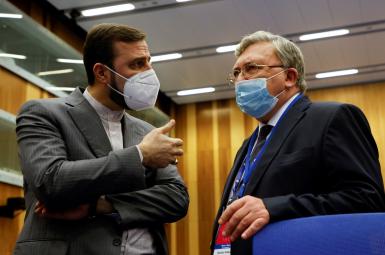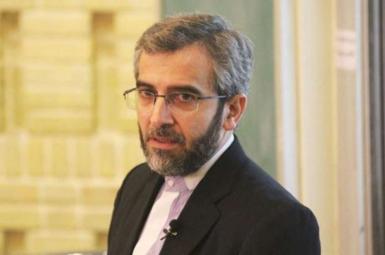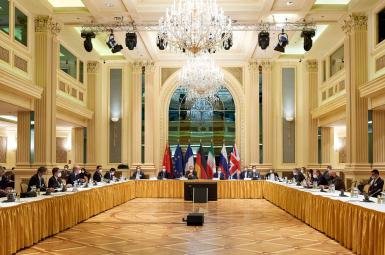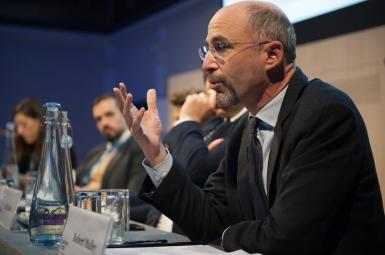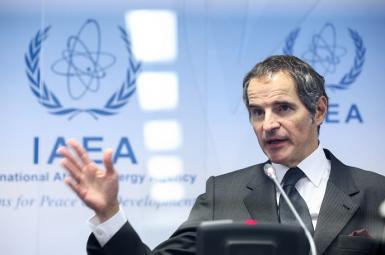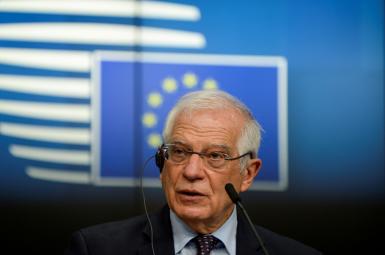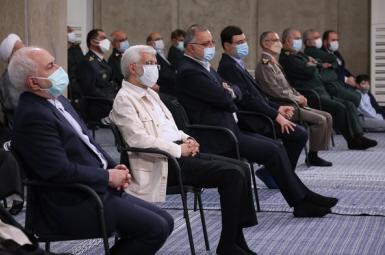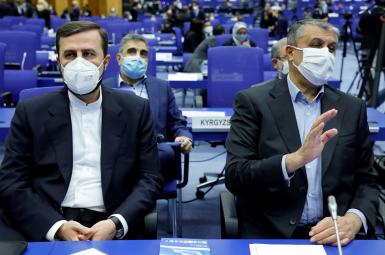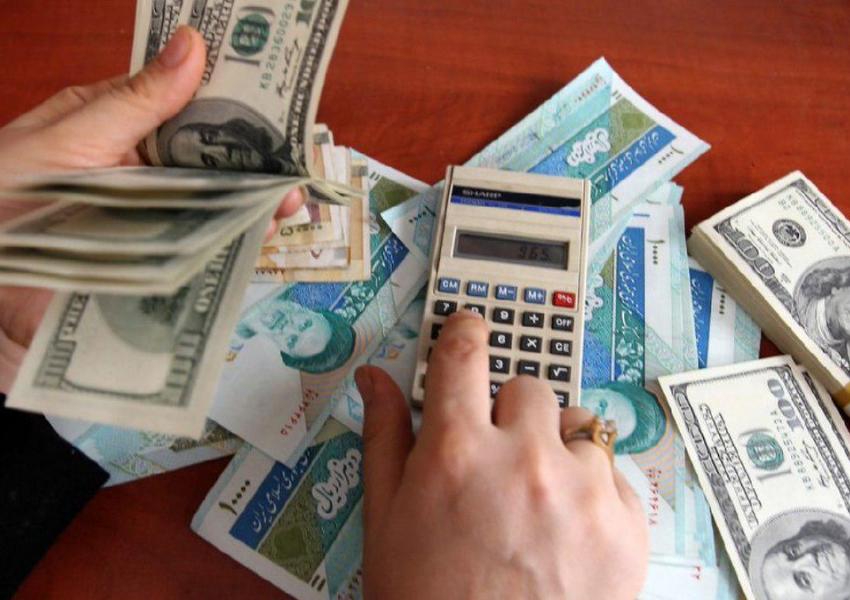
Iran's Battered Currency Rebounds Amid Speculations Of A Deal With US
Amid speculations of an imminent deal between the United States and Iran to revive the 2015 nuclear agreement, Iran’s currency, the rial has been regaining some of its lost value.
The rial, which for months was trading at 250,000 to the dollar, was around 215,000 on Tuesday, a substantial rise. Local analysts and news websites attributed the steady rise of the rial to signs that a deal between diplomats negotiating in Vienna might be imminent. The Associated Press reported Tuesday that a flurry of diplomatic activities is taken as a sign of a deal in the making.
But the rial has a long way to go to even get close to its previous value in 2017, before former US president Donald Trump withdrew from the Joint Comprehensive Plan of Action or JCPOA in May 2018 and imposed tough sanctions on Tehran.
In 2017, the rial was trading at around 30,000 to the dollar, sevenfold stronger than today. But in 2020, after two years of sanctions and before Joe Biden’s victory in presidential elections, it had dropped to as low as 300,000 to the dollar. The sanctions also led to a major contraction in Iran's economy from 2018-2020.
The rial’s fall, seen as unstoppable, led to very high inflation in consumer goods, putting tremendous political pressure on the Islamic Republic that has had to deal with labor unrest and large-scale political protests since 2017. In the last reporting period, the Statistical Center of Iran reported more than 60 percent annual inflation in the food sector.
In case of a US return to the JCPOA, Washington will have to reduce key sanctions, such as allowing Iran to export at least some of its crude oil, which is key to its ability to import essential goods to help stop the impoverishment of its middle and working classes. Their purchasing power has diminished in the last three years along with the fall of the rial. It was reported this week that only 15 million people out of a population of 83 million can afford rice, a main staple of the Iranian diet, long taken for granted even by low-income people.
Supporters of Trump’s ‘maximum pressure’ policy toward Tehran argue that US sanctions drained Iran’s ability to finance its proxies and allies in the Middle East and further spread its destabilizing influence in the region. One example is the Hezbollah in Lebanon that came under financial pressure as Iran’s foreign currency reserves began to be depleted.
The proponents of restoring the 2015 nuclear deal say Trump’s policy failed to bring Iran to the negotiating table and the restoration of the agreement is a better way to curb its nuclear program. It is not clear if sunset clauses imbedded in the agreement will be extended, since the 2015 version is set to end limits on Iran’s activities in the next few years.
